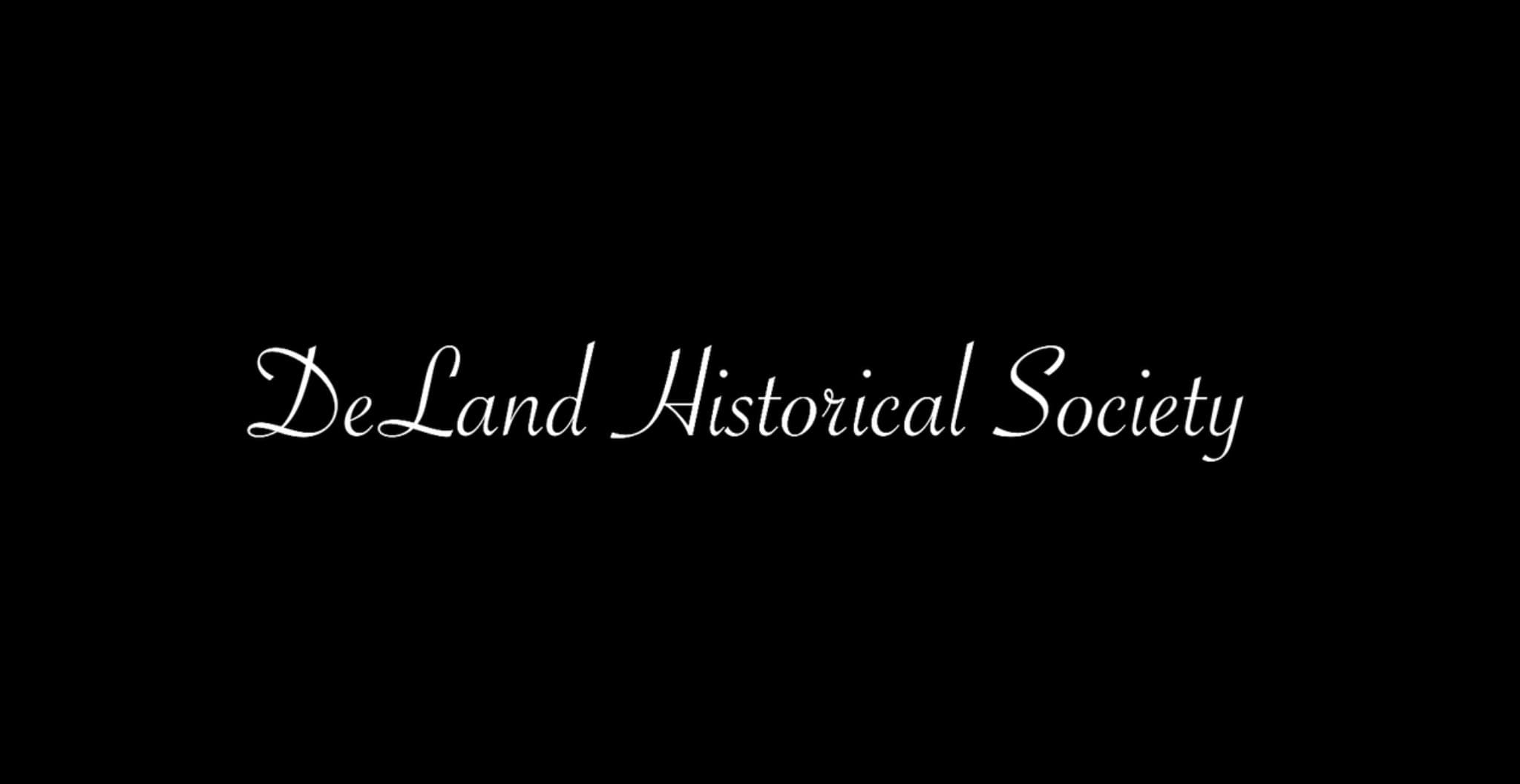Gillen Orange Grove, DeLand, Florida

A charming and unrecorded view of a Florida orange grove before deadly freezes in the mid-1880s and 1890s brought the state’s “Orange Fever” to an end. This view shows the Gillen Orange Grove in the burgeoning town of DeLand, Florida. Trees laden with fruit stretch into the distance on the left and the right, and in the middle, thinly screened by an isolated stand of pines, is a two story house. On the road in the foreground, a white family drives by in a two-horse carriage, followed, at a slower pace, by an African American driving a cart loaded with crates and baskets of oranges. Two white men chat over the fence separating the road from the grove, and behind them, a lone Black orange picker fills basket after basket with the harvest. Gillen Grove was purchased in 1874 by the town’s first physician, Dr. Henry Harrison Gillen of Kentucky. It was among the first groves in DeLand to “attract attention,” and the property retained its name even after it was sold. The owners here are listed as H. A. DeLand, D. B. Parce, and A. D. McBride. This view was “sketched from life” by one L. U. Dodge of New York, who made at least eight other promotional drawings of the town and its groves in 1884. Henry Addison DeLand, a baking soda magnate from New York, bought land and established the town that bears his name after being inspired by its citrus potential while on vacation there in 1876. He was committed to making the town a center of culture and education, and was instrumental in the establishment of Stetson University in the late 1880s. By 1884, a map of the town shows six churches, including two African American congregations. DeLand promoted his town tirelessly throughout the north, and optimistically guaranteed the sales of many orange groves, promising to buy back the land if the crops failed in the first two years. The scheme was at first highly prosperous, but a severe freeze in 1886, followed by “the great cold” of 1894 and ‘95, decimated the orange groves and ruined DeLand’s finances—though not, according to his daughter, his spirit, and he continued working to rebuild the town for years afterward. John B. Stetson, the owner of Gillen Grove during the freeze, afterwards built a vast shed with moveable roof panels around the trees to protect them from future inclement weather. Although the winter of 1894 and ‘95 put an end, for the time being, to Florida’s hopes for a future in the citrus market, the orange groves were the state’s first significant industry after the Civil War, and to some offered a new socio-political future as well as economic benefits: DeLand’s daughter Helen picked her first orange at the grove of Harriet Beecher Stowe during their 1876 visit to the region. Stowe saw the budding orange industry as an opportunity to build a “New South,” less tarnished by the systems of slavery. Shortly after the war, already of course a wealthy and renowned author and abolitionist, Stowe purchased her own orange grove near Jackson. There, she continued writing, began painting still lives of oranges, and founded a church and a school, which was open to men and women, Black and white alike.
Contact
Connect with DeLand's Fascinating History
Thank you for your interest in DeLand Historical Society, dedicated to the rich history of DeLand, Florida. Please use the contact form below to get in touch with any questions, feedback, or inquiries. I value your input and look forward to hearing from you!
